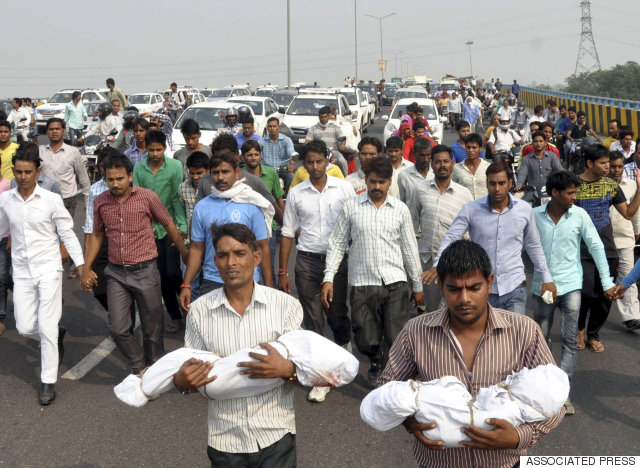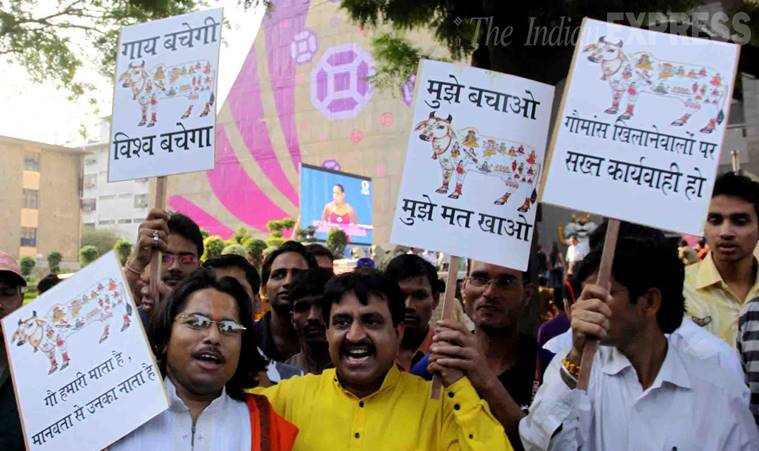The new BJP president, Bangaru Laxman, may well turn out to be the first Dalit to occupy the Prime Minister’s chair. But India’s SCs and STs stand to gain little from such a likely scenario
Bangaru Laxman’s statement, after he formally took over as the president of the BJP, that “Nagpur is a place of both Ambedkar and Hegdewar” must have come as a surprise to the upper caste leaders of the RSS, particularly its chief, KS Sudharshan, who must all be Ambedkar haters. Nagpur, ironically, is the headquarters of both Ambedkar’s Buddhism and Hegdewar’s Brahminism.
Laxman made it somewhat clear that he would like to be loyal to both Ambedkarism and Brahminism but this may prove to be an impossible task. Laxman’s colour (the Dravidian black) is itself an anathema to the Aryan racism that Hegdewar and Golwalkar stood for. Laxman’s position at the top of the party pyramid and having to live with his ‘un–Hindu’ statements are certain to be seen as the result of the unfortunate presence of Ambedkarism in the Indian politico–social space.
The Hindu spiritual world has been hoping against hope all these years that it would not have to see a day when the Chandalas emerge as a powerful force and undermine the divine dictum of the Adi–Brahmin-Purush, Brahma, that the Chandalas forever remain untouchables. Ambedkar has become a modern Buddha and Laxman knows that only too well. But for the Ambedkarite presence in the Indian political scene, Laxman would still be elsewhere, possibly stitching a shoe and certainly not the president of a party that was meant to be a Brahmin–Baniya saddle.
Arun Shourie, who called Ambedkar a “False God”, must have licked his own boots as Laxman made his presidential pronouncements. Laxman’s statement proved that however weak a Dalit might otherwise be, when in a position of power he can make a difference.
The appointment (not election) by Vajpayee of Bangaru Laxman, a Dalit leader from Hyderabad, as the president of the BJP has been done with a design to woo the votes of Dalits and appeal to South Indians as the BJP has been accused of being an enemy of both Dravidism and Dalitism. As a party that aspires to be a ruling party on its own, the BJP has to overcome both these images.
In the sufficiently well established line of Dalit leaders like Jagjivan Ram, Damodaram Sanjeevaiah who were given similar positions in the Congress party, some Dalit leader was badly needed to salvage the anti-Dalit image of the BJP. Laxman, given his name, colour and caste, appeared to be the most suitable person. What Laxman can do to Dalits depends on how the educated Dalits assert themselves and how an ageing Kanshi Ram builds his party. In politics, the strength of the Bahujan Samaj Party helps in the Dalit bargain with other parties. It is in this political backdrop that Laxman climbed the BJP ladder.
The problem for the BJP would however be, that like Jagjivan Ram and Sanjeevaiah, Laxman seems to be behaving unpredictably. He has publicly stated that he got this post because of Vajpayee and like Rama Bhakta Hanuman even touched the latter’s feet of Vajpayee. In the process he has placed the self–respect of Dalits at the feet of a classical Brahmin. I do not think Jagjivan Ram and Sanjeevaiah ever did this to Nehru. But to overcome this surrender to a political ‘Swamiji’, he said his attempt would be to combine Ambedkar with Hegdewar.
This very statement, however, creates a tension in caste ideology. Laxman has to salvage Hinduism, which does not want to give Dalits the right to priesthood, but the party that emerged to safeguard upper caste interests has to mobilise Dalit votes. Hinduism as a religion destroyed the moral foundation of Dalits and without reforming that religion a Hindu political party cannot salvage the situation.
This is the reason why more and more Dalits are looking towards either Christianity or Buddhism. The Hindutva forces know pretty well that apart from Ambedkar and Kanshi Ram what threatens Brahminism is the “Acclesia in Asia” document that Pope John Paul II released at Delhi during his visit to India last year.
The Pope said that the Cross was planted in Europe in the first millennium, in America and Africa in the second millennium, and that Christ will return to his birth place – Asia — with all the strength at his command in the third millennium. The Christian resolve seems to be that the last segment of global spiritual slavery — India’s untouchables — have to be liberated by all means in this century. This resolution of global Christianity coupled with its cultural liberalism poses very serious challenges to Brahminism today.
Whenever Hinduism found itself in deep crisis because of the Shudra-Chandala revolt, it took the help of a Shudra or Chandala to overcome that crisis and they made these Trojan horses speak their language. Valmiki, a Dalit, was made to write the Ramayana, as they wanted it to be written; again a Krishna was made to write the Gita, as they wanted it to be written. Only Ambedkar refused to do that and that has pushed Hinduism in to a deep crisis.
Given the threat of globalisation and Christianity in the era of Ambedkarism in India, Laxman has been chosen to overcome the present crisis of Hinduism. But Laxman is too inadequate a person to salvage the situation. Despite the promise that Krishna would incarnate, yuga after yuga, to protect Brahminism would not turn up in this yuga because of the God who originated in Israel and has produced globally commanding capitalism and the English language. The gods who understand only Sanskrit are suffering a heavy loss of social base in their own land. The Dalits are the main social base of the expanding Christianity. The sangh parivar has to do something about it. Laxman seemed be the only alternative.
Neither Hinduism nor the Hindutva organisations can offer spiritual and social liberation to Dalits, tribals and OBCs. The OBCs are fixed to Hinduism like nuts and bolts; hence the sangh parivar does not see any threat from OBCs in spiritual terms. The sangh parivar does not mind marginalising any number of OBCs in the political sphere, too. Kalyan Singh and Uma Bharati are cases in point of this marginalisation. But that is not the case with SCs. But because of the overall impact of the organised church and Ambedkarite Buddhism, the SCs and STs have become a social force who can lobby for their Dalit cause in international fora.
The OBCs could not evolve as a force to interact with the West. They could not modernise and acquire proficiency in English, which could loosen their nut and bolt location in Hinduism and allow them to look for global recognition of their position. So they are becoming a butt of ridicule in the hands of Brahminical forces within the sangh parivar. Kanshi Ram once rightly said that the ruling classes of India are afraid of only SCs because they are a force to reckon with in the bureaucracy and in politics and section of them have got westernised.
So Laxman becomes a useful tool to address some of the socio-spiritual and economic problems that Hinduism as a religion and Hindutva as a political force are facing today. If Laxman realises the historical context in which he has been given this position, he can work his way to South Block and become the first SC Prime Minister of India. After Vajpayee, there is no leader from the BJP top brass who is acceptable to all the NDA constituents. Advani and Murli Manohar Joshi have already burnt their fingers with their right–wing extremism.
Laxman, who kept a low profile in the aggressive phase of the BJP, leads a non–controversial life style and has no base of his own in the party or at the mass level. These are good qualifications for a Dalit to be seen as a candidate for the Prime Minister’s post.
Laxman has all the qualities that PV Narsimha Rao had when he emerged as a Prime Ministerial candidate in the Congress party after the death of Rajiv Gandhi. Laxman’s Dalit background is an added bonus. Judging by how Laxman has been speaking and conducting himself after being appointed the party president he is moving in the right direction. His statements on the minorities and Ambedkar seem to have been well–received in political circles.
Laxman is right when he says that minorities are “blood of his blood and flesh of his flesh” in so far as he speaks as a Dalit. When talking of Ambedkar or of minorities, Laxman is speaking like a Dalit. Laxman is also expected to ease the BJP’s relations with Christians as the latter also feel quite comfortable negotiating with Laxman as head of the party rather than some upper caste leaders. Thus, there is good mettle in him to aspire to becoming the first Dalit to occupy the Prime Minister’s chair.
But all this will be possible only if Laxman plays the part of Hanuman very carefully in a party of Aryan Brahminism. He must not think of crossing the laxman rekhas drawn by his Lord, Vajpayee. Of course, he can acquire his own small temples here and there. But his limited spiritual space will be safe only as long as the real Hindu heroes operating from Hindu temples feel secure with him as their watchdog. Advani, a Sindhi, a non–practising Hindu but a hard-line Hindutvavaadi, does have much support of the Hindu Brahmin priests. The NDA leaders do not trust him either.
The Indian media, too, takes its cues from the temple of Brahminism before it projects somebody as an acceptable man or woman for the highest position. The Indian media used to hate Ambedkar. It hates Kanshi Ram. Its love–hate relationship with KR Narayanan turned into a pure hate relationship after he delivered his two historic lectures on the occasion of Republic Day this year. Laxman is still a bird in the egg so far as the media is concerned. If he chooses to play the role of Hanuman well, the future for him is very bright.
But the Dalits as a historical community have every thing to loose. Just as the first Dalit president of the BJP, even the first Dalit Prime Minister of India would come and go without changing the socio-spiritual and economic status of Dalits even an inch. But many Kanshi Rams can be vanquished with this Dalit weapon called Bangaru (gold) Laxman.
Archived from Communalism Combat, September 2000 Year 8 No. 62, Cover Story 4

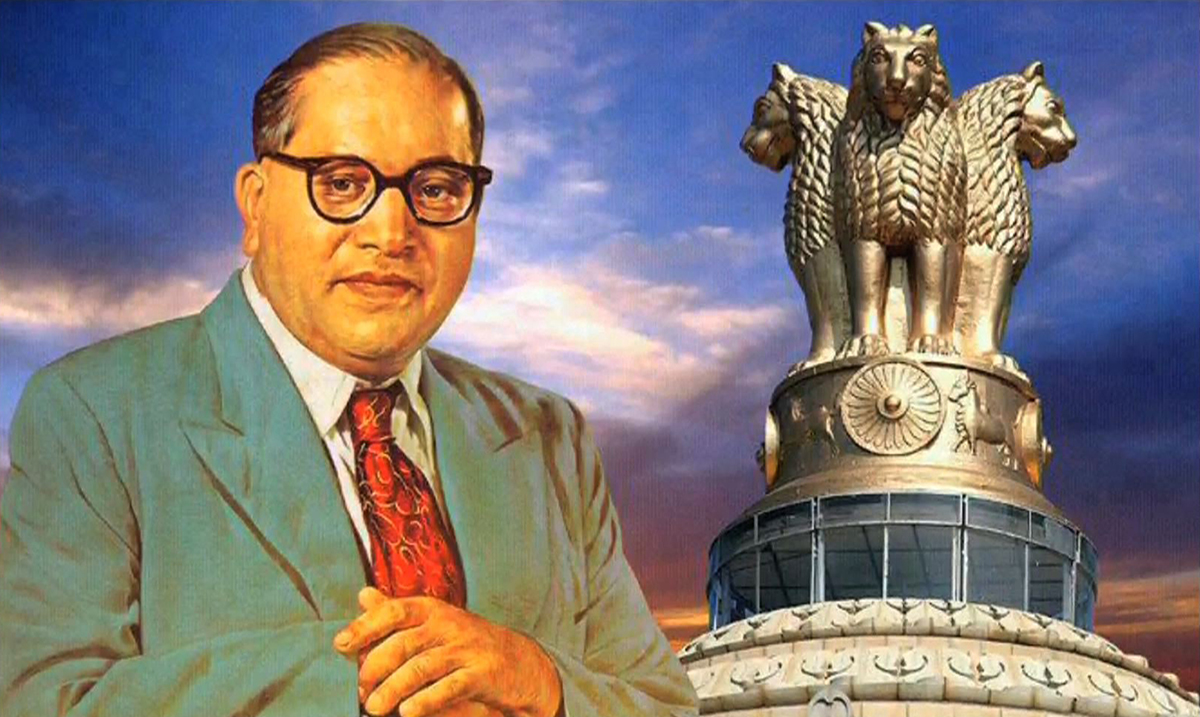

.png)

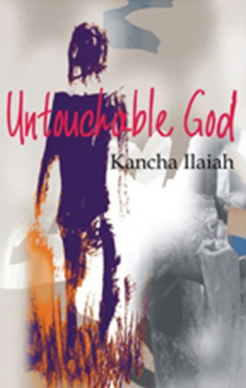








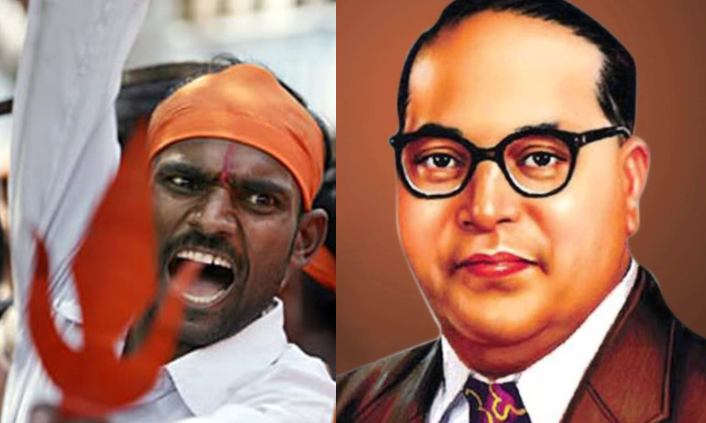
.jpg)
